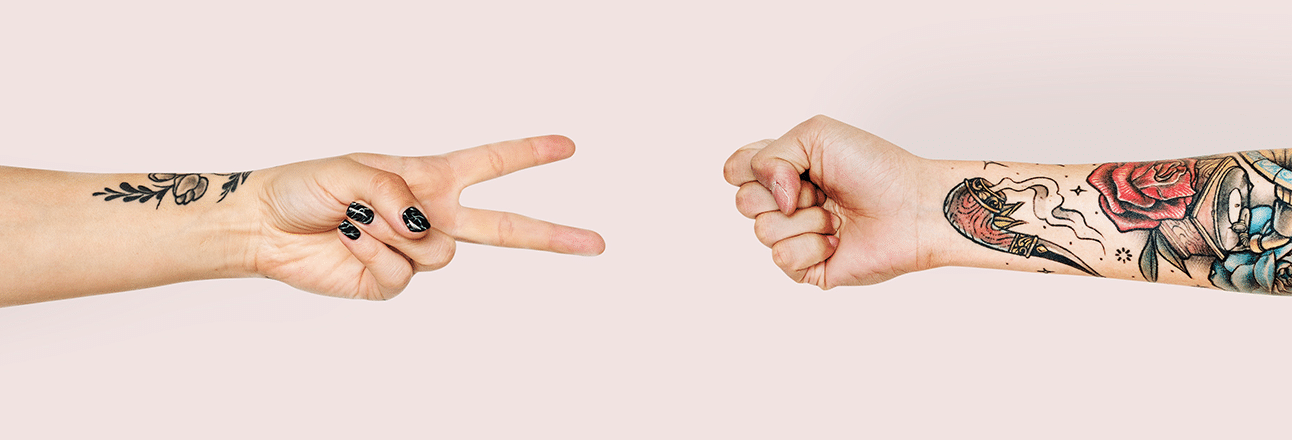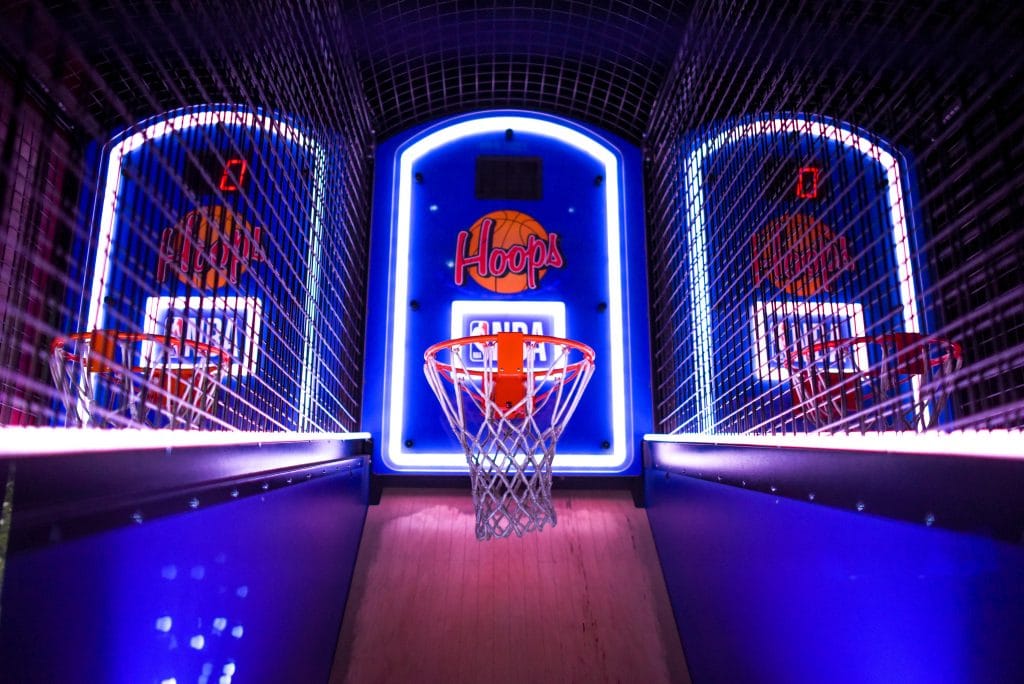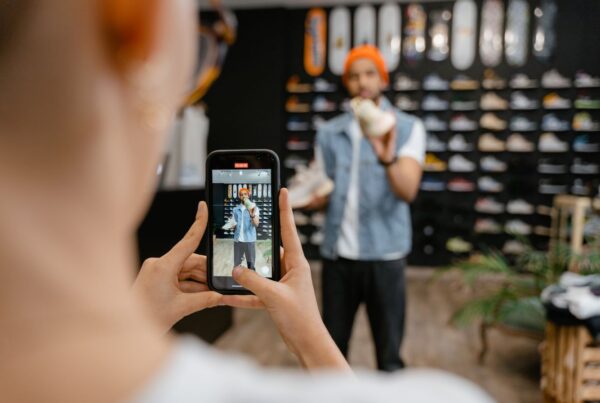Gamification: a real marketing lever and a key to Customer Experience for retail players?
What if each new level achieved in Candy Crush were to reward you, the player, with a 10% discount on your bills? This is only the beginning of a gamification strategy.
As the result of a buoyant video game market, gamification attracts a growing number of retailers. Always on the lookout for breaking free of the mundane, such retailers focus on improving user experience, boosting engagement and sales, and fostering the loyalty of their fickle-minded customers.
Gamification & retail: a matter of UX
A driver for entertainment, creativity and engagement, gamification integrates game mechanics (e.g., success-based rewards) to motivate participation, engagement, and the loyalty of customers. This game-changing trend which is increasingly being seen in the e-commerce landscape has also recently emerged among traditional retailers who are rolling out their phygital strategy. They are looking to interact with their customers in a lighthearted way through contests, reward points, challenges with friends, role playing and more.
By applying game-designing techniques to deliver a fun and rewarding experience, gamification imposes itself as a powerful marketing lever. Thus, it leverages behavioral patterns and cognitive biases to deliver an immersive brand experience, and helps foster user uptake of such a game-focused experience. As a result, in a recent survey, 69% of the respondents say that they value a brand that offers them entertaining games along with rewards.
A powerful driver for change in the retail industry
Adding fun to the buying path through games is a winning strategy for retailers who are competing with their online juggernauts. This helps reshape the shopping experience and adapts it to the latest, emerging consumer habits. Retailers hold a strong hand since many studies show that online outlets alone cannot fulfill all expectations from consumers who are eagerly looking for face-to-face interactions and advice. Online shops have rolled out solutions to add proximity with users by offering Click & Collect, or free return services, for example. Yet, brick-and-mortar retailers also have a role to play when it comes to proximity. And it’s a safe bet that this will be achieved through gamification.
Pioneered by Ebay in the late ‘90s, with its very avant-garde auction system, gamification makes it possible to increase the time spent by users on a website, collect user data through forms, all this while offering an irresistible and interactive relationship that entices users to come back. And it works! Made simple, gamification drives loyalty by awakening the appetite of users for discovery and learning, and by eventually transforming them into brand advocates. This is a true striking force for a retailer looking to build up brand awareness.
UX: the corner stone of gamification
In the United States, Target, one of the largest department store retailers in the country, launched a game-based campaign for Christmas which allowed children to step into a virtual toy manufacturing workshop after downloading an application. They would write their “letter to Santa Claus” by moving relevant toys to a X’mas wish list made available to parents.
The strength of using game elements is twofold. On the one hand, it provides consumers with an immersive and powerful brand experience that leverages virtual reality. On the other hand, it uses the smartphone, an affordable and commonplace device as the gateway to this exciting world.
By implementing such playful actions, retailers deliver a one-of-its-kind, impactful experience, that really makes a difference. But beware: a powerful phygital experience requires an equally powerful – and reliable – connectivity. To deal with virtual reality, games and interactivity, Wi-Fi becomes the key to a successful experience. And it also stands as a gamification enabler for the retail industry. Free access to the Internet is already offered by many players in the industry, and this has proved very successful. And it’s time to offer games and discounts as a powerful transport to feed customer loyalty.
According to a study from Boston Retail Partners, almost 9 retailers out of 10 expect to turn to gamification over the next 5 years, while 46% of them claim that they make it a priority to deliver loyalty programs with a gaming experience. The thrill of winning has already created a whole gaming culture, from Ebay to Candy Crush, and has delivered true benefits. This is another facet of the revolution that has gripped the retail industry.









